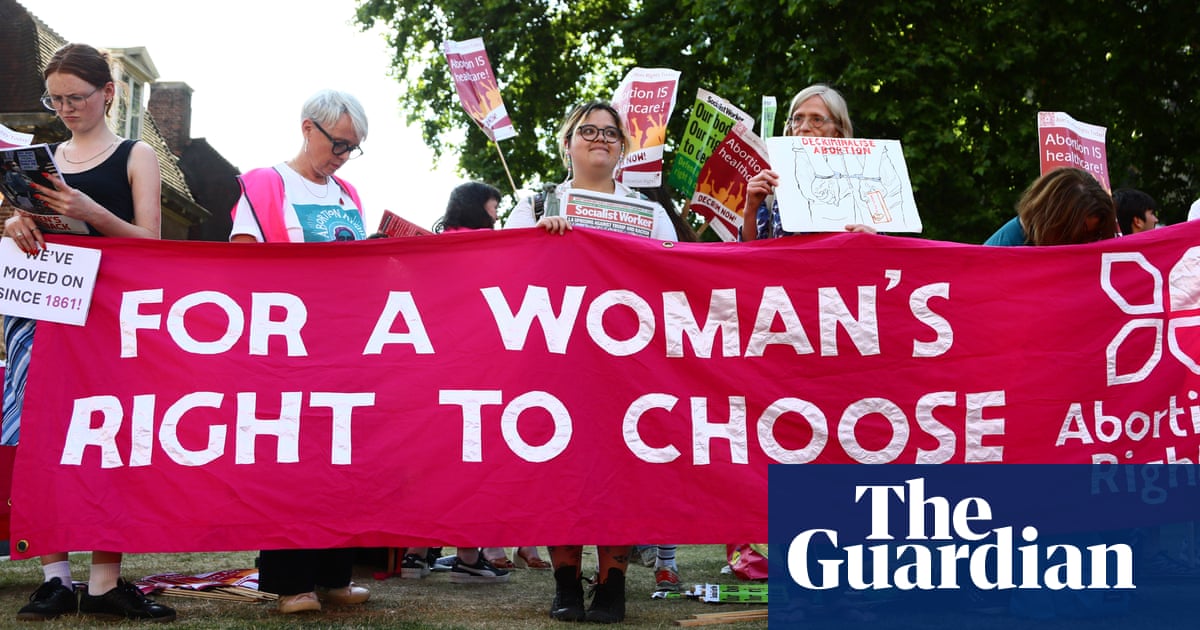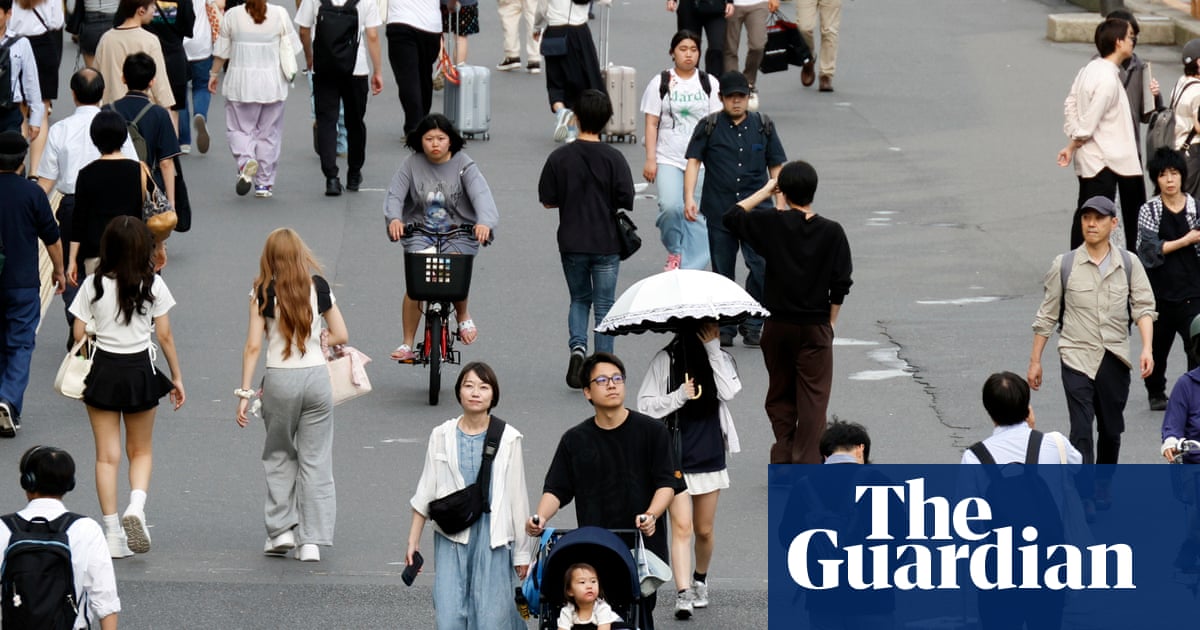Re your article (‘You sold it – now recycle it’: the protesters mailing worn-out clothes to the shops they bought them from, 29 April), a significant percentage of the used-clothing waste stream consists of plastic zips and buttons, nylon ribbons and mile upon mile of polyester sewing thread, which will still be plastic even when it breaks up into microfibre. This is all devastating to wildlife, on land or sea.
Incineration plants are used to dispose of much of this modern clothing trash, but they come with a bad track record. Furthermore, the petrochemical industry saw disinvestment from fossil fuel on the horizon decades ago, so its promoters headed towards every other business that could use it, resulting in a huge move towards plastic packaging and manmade textiles, even though it would lead to industrial-scale pollution.
It would be useful for articles to progress from shoppers’ difficulties in making eco-friendly choices to compare clothing manufactured from natural materials. These do incur an environmental cost, but should be easier to dispose of, except that the fibre must be unblended, stitching must be cotton or linen, and the final garment unadorned with manmade features such as fasteners, care labels, and embroidered logos.
The social cost of our clothing must also be reckoned with. Sweatshops and child labour are involved in the processing of cotton. The supply chain is global and difficult to trace. There are healthier ways to stock our wardrobes and it would be a positive contribution if the Guardian could write about more that aren’t cripplingly expensive.
Jane Eades
Truro, Cornwall
I started mailing plastic packaging to CEOs and MPs in 2007 to highlight frustration at having plastic imposed on consumers and then paying in our council tax to landfill or incinerate it, both of which produce toxic residue. The “polluter pays” policy doesn’t seem to apply to retailers, who blame manufacturers while extolling the virtues of plastic for keeping food undamaged as it gathers food miles.
I’ve bought most of my clothing secondhand all my life, but charity shop textiles have gone downhill. Even the new stuff is unwearable. I am reminded of Brentford Nylons in th 1970s – sweaty bedsheets, gaudy patterns and static shocks. I now buy better-quality, natural textiles that last, and I mend what I can for as long as I can. In times past, two sets of clothes sufficed and were left in your will. That does sound extreme, but maybe we should start by simply consuming less while finding new ways to repurpose material.
Helen McDowall
Bampton, Devon
While I take the point that shops shouldn’t sell this stuff, I can’t help think that it is also down to consumers to take responsibility. Shops sell what people want to buy. For all those sending clothes back in outrage, it would be interesting to know how many other synthetic items they’ve purchased since the offending item. There are many natural material choices available that can be easily recycled if you check the label before purchasing.
Buy a cotton sheet, not polycotton. Denim without elastic is available if you go for non-stretch versions. Maybe if people favoured natural fabrics with their purchasing power, and bought less in the first place, it would be less of a problem.
Ellie Clarke
London

.png) 1 month ago
44
1 month ago
44

















































